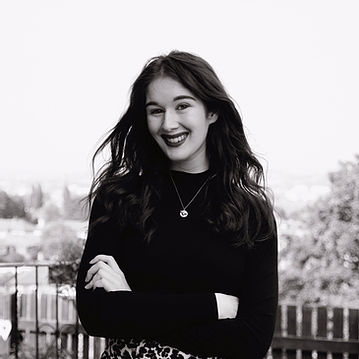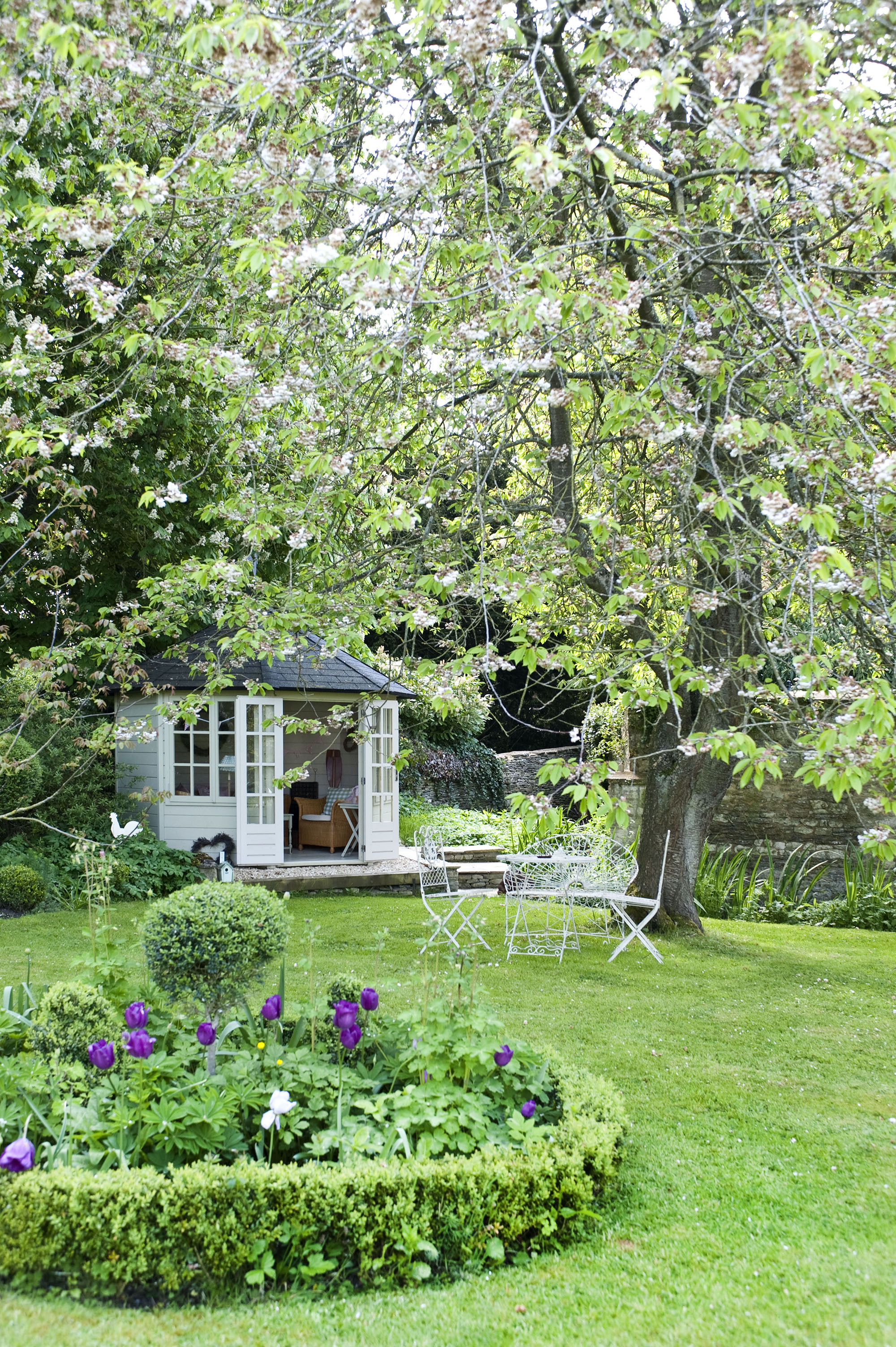5 clues your lawn is giving you that it's in trouble – and how to fix them, fast
What your lawn is trying to tell you? Here are 5 problems to watch out for – and expert solutions for a healthy patch


Achieving a lush green lawn may seem like a simple process, but there are often obstacles to overcome. While knowing how to plant grass seed correctly is a great way to promote overall grass health – it is even more important to watch to your lawn as it grows.
Hot weather (and bad weather), fungi and lawn care mistakes all have an inevitable impact on your efforts to make your lawn green and thick. And with these problems come symptoms that are a natural sign to take action.
5 most common lawn problems
If you're looking to accentuate your backyard landscaping ideas, these five common lawn problems may be holding you back. However, the solution doesn't need to be a challenge. Here's how to spot and fix the problems quickly.

1. It's spongy
If your lawn feels spongy, it is possible that thatch has built up for more than a couple of centimeters under your foot This will likely stop your lawn from growing well. However, the solution to thatch is simple, according to the lawn maintenance experts at Toolstation. They recommend scarifying the lawn using a rake or scarifier to remove the moss from around the base of the grass plants.
2. It has a reddish tint
'If your lawn has taken on a reddish tint, it’s often a sign of a fungal disease called red thread,' the experts explain. This is especially common after a period of warm, wet weather when these diseases are more common.
To treat red thread, you should apply a high nitrogen fertilizer [such as this one on Amazon] to your lawn. This should cure the problem and all your grass to grow green once again.
3. It's yellow with white tips
If your lawn appears slightly yellow with white tips, it could be down to your best lawn mower, as it is likely that its blades just need sharpening.
'The white tips indicate that the mower is tearing the blades of grass, creating frayed edges,' the experts explain. 'As a rule of thumb, mower blades should be sharpened after every 25 hours of use.'

4. There are dry, bleached spots
Dollar spot is another disease caused by a fungus called Sclerotinia homoeocarpa. It is responsible for distinctive small, circular patches of dead grass that are often bleached white or straw-colored, and again, your lawn mower could be the culprit.
'It’s often a sign that you’re not mowing your lawn regularly enough or that it needs a boost of nitrogen,' the experts say. Similarly, our guide on repairing patches will allow you to find a solution that works in your garden.
5. There are yellow or brown bald patches
Nothing dampens your perfect lawn edging ideas quite like the arrival of yellow or brown bald patches. And these unaesthetic spots are, once again, a sign that your lawn mower is causing a problem.
'Unsightly yellow or brown patches that are almost devoid of grass are often a sign that your mower height is set too low,' the experts warn. 'Effectively, this causes parts of your lawn to become scalped. This can be avoided by adjusting the height of your lawnmower.'
How can I bring my lawn back to life?
The first thing to do is diagnose whether your lawn is dead or merely dormant (which it might be if the weather is extremely hot, for example). If it is dormant, it may just need to wait out the hot weather and get a little regular rainfall to recover. If there seems to be excess thatch, you should get rid of this; if the lawn is poorly aerated, till the soil; if it needs feeding, fertilize the lawn; if there are bald patches, plant new grass seed or lay turf; then finally put in a care routine to keep your grass healthy.
Sign up to the Homes & Gardens newsletter
Design expertise in your inbox – from inspiring decorating ideas and beautiful celebrity homes to practical gardening advice and shopping round-ups.

Megan is the Head of Celebrity Style News at Homes & Gardens, where she leads the celebrity/ news team. She has a history in interior design, travel, and news journalism, having lived and worked in New York, Paris, and, currently, London. Megan has bylines in Livingetc, The Telegraph, and IRK Magazine, and has interviewed the likes of Drew Barrymore, Ayesha Curry, Michelle Keegan, and Tan France, among others. She lives in a London apartment with her antique typewriter and an eclectic espresso cup collection, and dreams of a Kelly Wearstler-designed home.
-
 'Wick away the ick' – 6 things people with clean laundry rooms always do to make this hardworking space shine
'Wick away the ick' – 6 things people with clean laundry rooms always do to make this hardworking space shineThese tips on how to clean your laundry room will banish grime
By Seraphina Di Mizzurati Published
-
 Jennifer Aniston’s bedroom is a ‘goldmine of simple sumptuousness’ – it’s 2025’s version of quiet luxury and so easy to recreate
Jennifer Aniston’s bedroom is a ‘goldmine of simple sumptuousness’ – it’s 2025’s version of quiet luxury and so easy to recreateThe actress's unique space features James Mont-designed lamps and a raised bed inside a walnut plinth – but you can recreate its understated sophistication
By Megan Slack Published